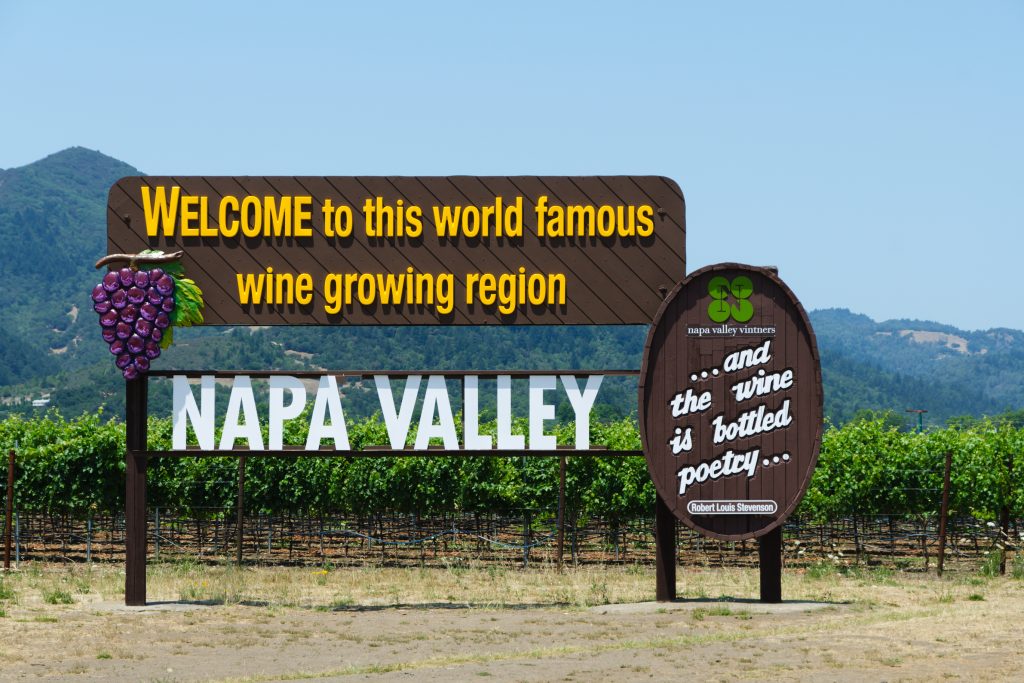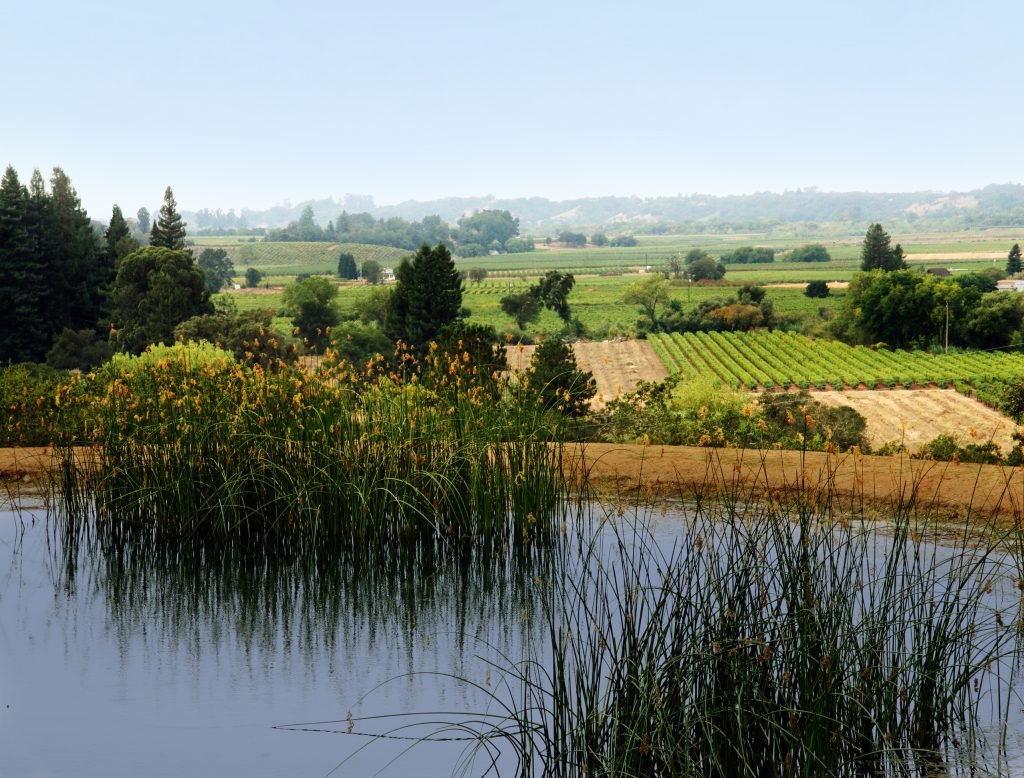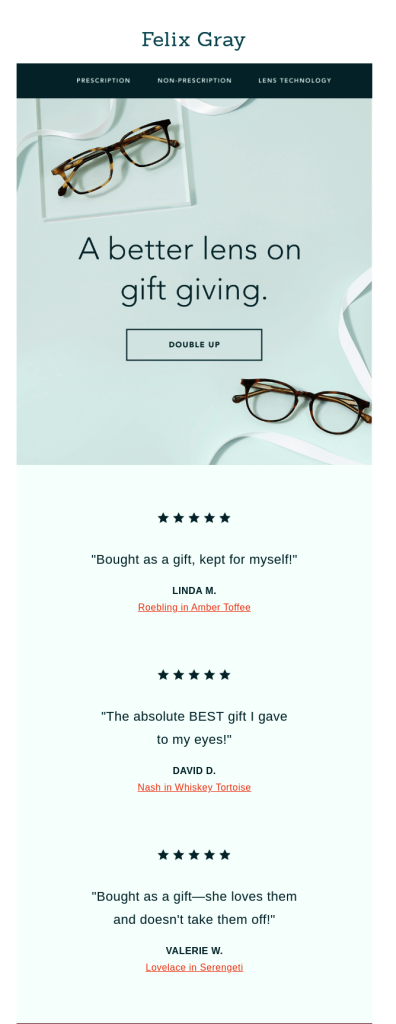By: Annie Klodd, University of Minnesota Extension
As the viticulture industry grows in the northern US, beginning growers should be aware of special considerations when pruning in cold climates. Between the risk of cold injury and the trial and error of managing new varieties, growers in this region have adopted a more nuanced approach to pruning.
Dormant pruning is not only a necessary management step in the northern US – it is also an opportunity to cut out winter damaged wood and make way for more productive cordons.
In the northern US, pruning takes place between late December to early April, with most growers pruning between February-March. Waiting to prune until February allows you to evaluate winter injury before deciding how aggressively to prune. Crews can also prune more efficiently and effectively in slightly warmer temperatures.
Pruning in January may be uncomfortable, temperature-wise. On the other hand, it gives the pruning wounds time to dry and close before spring, helping them resist grapevine trunk disease infection.
Reasons We Prune
Without pruning, grapevines would produce a huge amount of foliage, but low quality, underripe fruit. Pruning limits the amount of foliage and fruit clusters on the vine. This promotes high quality fruit that ripens evenly.
Grape berries also need some, but not too much, direct sunlight to ripen. Limiting the number of canes on the vine helps sunlight reach the grapes so that they ripen correctly. Pruning also increases airflow through the vines. This helps them dry off after rain, reducing disease problems.
In the first two to three years after planting a vineyard, growers in cold climates must evaluate winter damage to young canes and train them onto the trellis system as they become strong enough.
Foliar, fruit, and trunk diseases infect all grapevines in northern climates with regular summer rainfall. We also tend to see plenty of trunk disease in this region, as winter injury-induced cracking serves as one entry point for grapevine trunk disease.
However, grapevine trunk diseases can also enter the vines at pruning wounds, and are active once temperatures rise above freezing. Pruning in the winter during freezing temperatures has been shown to reduce the spread of trunk diseases.
Basic Steps to Pruning Cold Climate Vineyards
1. In the first 2 years after planting grapevines, prune canes back to living, pencil-thick wood. Secure wood to the posts and trellis wire to create trunks and cordons
2. Remove dead cordons and dead trunks
3. Replace dead cordon wood with healthy one-year old canes
4. Remove excess canes completely – each fruiting spur should have just one extension each year
5. Cut each remaining one-year-old cane down to just 1-4 buds, depending on winter bud injury
6. Remove suckers unless using them to establish a new trunk
Pruning and Training New Grapevines
Training the grapevine refers to the process of forming the trunk and cordons of the vine, and securing them to the trellis poles and wire with tape.
The training step takes place in the first 1-2 years of the vineyard. Slow-growing vines in drought or poor soil conditions, or those that were severely winter-injured after the planting years may take up to 3 years to train.
First, choose whether you want one or two trunks. In cold climates, some growers choose to train two trunks, in case one succumbs to winter injury. A handful of northern growers even use a 4-trunk system, although this should only be done if deemed necessary after getting to know how your varieties perform in your vineyard.
Next, choose the strongest 1-4 suckers and tie or tape them snuggly to the bamboo or rebar pole. Cut the selected canes at the point where the wood becomes thinner than a pencil. If no canes are thicker than a pencil, cut each cane back to 2-3 buds. Wait for new shoots to grow back stronger the next summer.
The next step is to establish cordons. In a northern climate, a couple of different scenarios may play out when establishing cordons.
If the suckers you used for the trunk are still at least pencil-thick past the top of the post, you may choose to bend the top of the canes downward and tie them to the wire in either direction. These becomes the new cordons. Make a cut where the wood becomes thinner than a pencil. The next season, another shoot should form from a bud near the top of the trunk. Bend it down along the wire in the second direction, to become the second cordon.
Alternatively, cut the trunk at the top of the post (at or near the level of the wire). The next season, shoots will grow from buds near the top. Choose two of them, and tie one in each direction along the wire, forming the cordons. Make a cut about 12 buds down the cane, or when the cordon becomes thinner than a pencil. If the cordon did not reach its full length, finish it the follow season by tying down a cane toward the end of the cordon.
Remove Dead or Dying Cordons & Trunks
In cold climates, even the hardiest grape varieties can be injured by extreme temperature drops. Injuries are more common following droughts or early freezes the previous fall. Cold injury is also more common in wet, low-lying areas, so it is not advisable to grow grapevines in those areas.
Cold-injured grapevines may exhibit dead cordons and trunks. However, it is very common for the cordons to remain partially alive but have areas with dead buds and spurs.
Remove and replace cordons that have blind wood for more than one linear foot. Replace the cordon by selecting a strong, healthy one-year old cane from the base of the cordon (or near the top of the trunk) and bending it down to the wire. Tie or tape it to the wire, establishing a new cordon.
When pruning in very cold temperatures, bending down a vertical cane may tear it. If so, wait to tie it down until temperatures rise above freezing, when it is more flexible. If most of the grapevine has stopped producing fruit and new canes, or if the cordons are dead, it is best to remove the entire trunk. Let suckers grow up from the ground and re-train the entire vine, or dig up the roots and plant a new vine.
Fruiting Spurs
The cordons of cold climate hybrid grapes have fruiting spurs every 3-5 linear inches. The fruiting spurs are formed from the stubs of removed canes. Each year during pruning, we add a small amount of length to each fruiting spur, until they are removed and replaced.
The year after cordons are established on a young vine, canes will grow from buds along the cordons. During the following dormant season, cut each cane back to the bottom 2-3 buds. The stub left behind is now a fruiting spur. The next growing season, new shoots and fruit clusters will grow from the remaining buds. Each growing season, one cane grows from each bud on the fruiting spur. During the dormant season, remove all but one of those canes, and prune the remaining cane back to about 2 buds. This stub becomes part of the fruiting spur, making it a bit longer. If the fruiting spur gets too long, opportunities exist to shorten or replace it. Read on for more information.
Removing Excess Canes & Spurring Back Canes
Typically, each spur will have at least 2 canes growing from it. Select one cane to keep and remove the others. The cane that you keep will then need to be “spurred back” (it will be trimmed back to become part of the spur).
Keep the strongest cane, indicated by thickness and color. If both canes are equally healthy, keep the cane that is closer to the bottom of the spur. This helps keep the spur short. With the cane that you have selected to keep, make a cut after the first 1-4 buds. Leaving 2 buds per spur is typical. If you suspect winter injury, leave 3 or 4 buds per spur to account for potential bud losses.
Removing Suckers
Suckers are the canes that grow from the ground at the base of the vine. With own-rooted cold climate hybrid grapevines, the suckers have the same genetics as the rest of the vine. Therefore, growers using own-rooted, ungrafted hybrid grapevines can use suckers to train up new trunks if the vine needs replacement.
If no suckers are needed, simply cut them off as close to the ground as possible. This is a good task for older kids; it gets them involved in pruning and is easier than the other steps.
Example Timeline for Pruning New Grapevines
Spring-Summer 2022: Plant grapevines, let the canes grow
Winter 2023: Prune back canes to healthy wood
Summer 2023: Grow and train the best canes to form trunks and cordons
Winter 2024: Trim back cordons to healthy wood
Summer 2024: New canes grow from buds along cordons
Winter 2025: Prune canes back to 2-bud spurs







